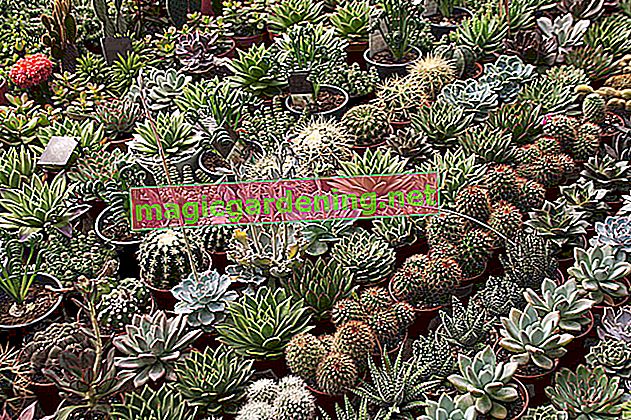
Not all bluebells are hardy
This is especially true with regard to the winter hardiness, because the individual species of the bellflower can be found almost everywhere from the arctic to the Mediterranean climates. Accordingly, they naturally prefer a location and wintering that best suits their natural surroundings. So if you live in a rather cold area of Germany and want to plant bluebells in your garden, then you better choose a species that is less sensitive to frost. These often originally come from the high mountains, especially the Alps.
also read
- The optimal care of the bellflower
- What care does a Carpathian bellflower need?
- Bellflower impresses with a long flowering time
Types of bluebells and their winter hardiness
In the table below we have put together some of the most popular types of bluebells and their respective winter hardiness.
| Art | Latin name | blossom | Stature | Expectations | Winter hardiness |
|---|---|---|---|---|---|
| Rocket-leaved bellflower | C. alliariifolia | White | 40 to 70 cm | very undemanding | in zone 3 to 7 |
| Beard bellflower | C. barbata | white or purple | 10 to 40 cm | prefers light forests, meadows | yes (high mountain plant) |
| Carpathian bellflower | C. carpatica | light purple | 30 to 50 cm | grows in mountain forests | moderate (needs protection) |
| Dwarf bellflower | C. cochleariifolia | white, purple or blue | 5 to 15 cm | occurs in the Alps | moderate to good |
| Star bellflower | C. isophylla | White | 10 to 20 cm | especially as a balcony plant | moderate |
| Broad-leaved bellflower | C. latifolia | light blue-violet | 60 to 120 cm | needs fresh, loamy soil | moderate |
| Mary's bellflower | C. medium | blue, white or pink | 60 to 80 cm | loose, nutrient-rich soil | moderate |
| Meadow bellflower | C. patula | light purple | 20 to 70 cm | thrives almost anywhere | good to very good |
| Caucasus bellflower | C. raddeana | White | 10 to 30 cm | especially in rock gardens | moderate to good |
| Rapunzel Bellflower | C. rapunculus | light purple | 30 to 100 cm | Roots are edible | good to very good |
Don't just pay attention to the hardiness of frost
However, if you want to overwinter bluebells, you should not only look at the plants' sensitivity to frost. Most of the species of Campanula are perennial shrubs that, even if their shoots freeze back in winter, sprout again from the wintering rhizomes in spring. Other species, however, are only one to two-year-old bluebells that have to be sown again and again. These include the Mary's bellflower, which is particularly popular as a cut flower, which basically only has to survive a single winter.
Tips & Tricks
If you want to be on the safe side, cover your bluebells with frost protection in winter, e.g. B. spruce or pine branches. Bellflowers in pots, on the other hand, are best overwintered under cold house conditions, ie frost-free, but cool and as dark as possible.








